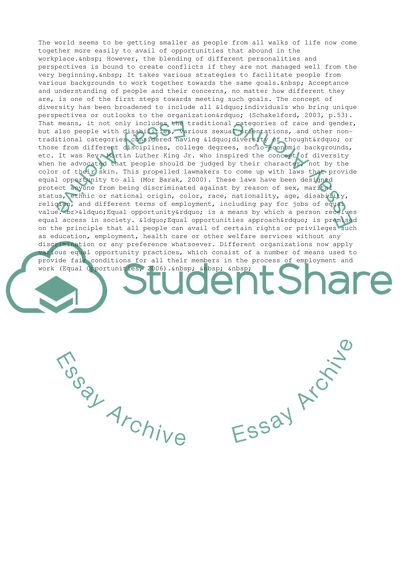Cite this document
(Supporting Gender Equality in a Diverse Workplace Research Paper, n.d.)
Supporting Gender Equality in a Diverse Workplace Research Paper. Retrieved from https://studentshare.org/management/1740850-equal-opportunity-policy
Supporting Gender Equality in a Diverse Workplace Research Paper. Retrieved from https://studentshare.org/management/1740850-equal-opportunity-policy
(Supporting Gender Equality in a Diverse Workplace Research Paper)
Supporting Gender Equality in a Diverse Workplace Research Paper. https://studentshare.org/management/1740850-equal-opportunity-policy.
Supporting Gender Equality in a Diverse Workplace Research Paper. https://studentshare.org/management/1740850-equal-opportunity-policy.
“Supporting Gender Equality in a Diverse Workplace Research Paper”, n.d. https://studentshare.org/management/1740850-equal-opportunity-policy.


